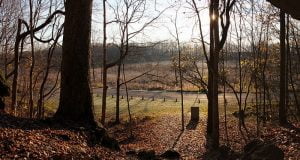I- Texas Indian Villages, Towns and Settlements
A complete listing of all the Indian villages, towns and settlements as listed in Handbook of Americans North of Mexico. Ilisees. Mentioned by Ker ( Travels, 98, 1816) as the native name of a tribe, numbering about 2,000, which he says he met on upper Red r. of Louisiana, apparently in the N. E. corner of Texas. Their chief village was said to be Wascoo. Both the tribe and the village are seemingly imaginary. Irrupiens. A village on a river of the same name, an affluent of Trinity r., Tex., at which St Denis and his party stopped in 1717. … Read more



